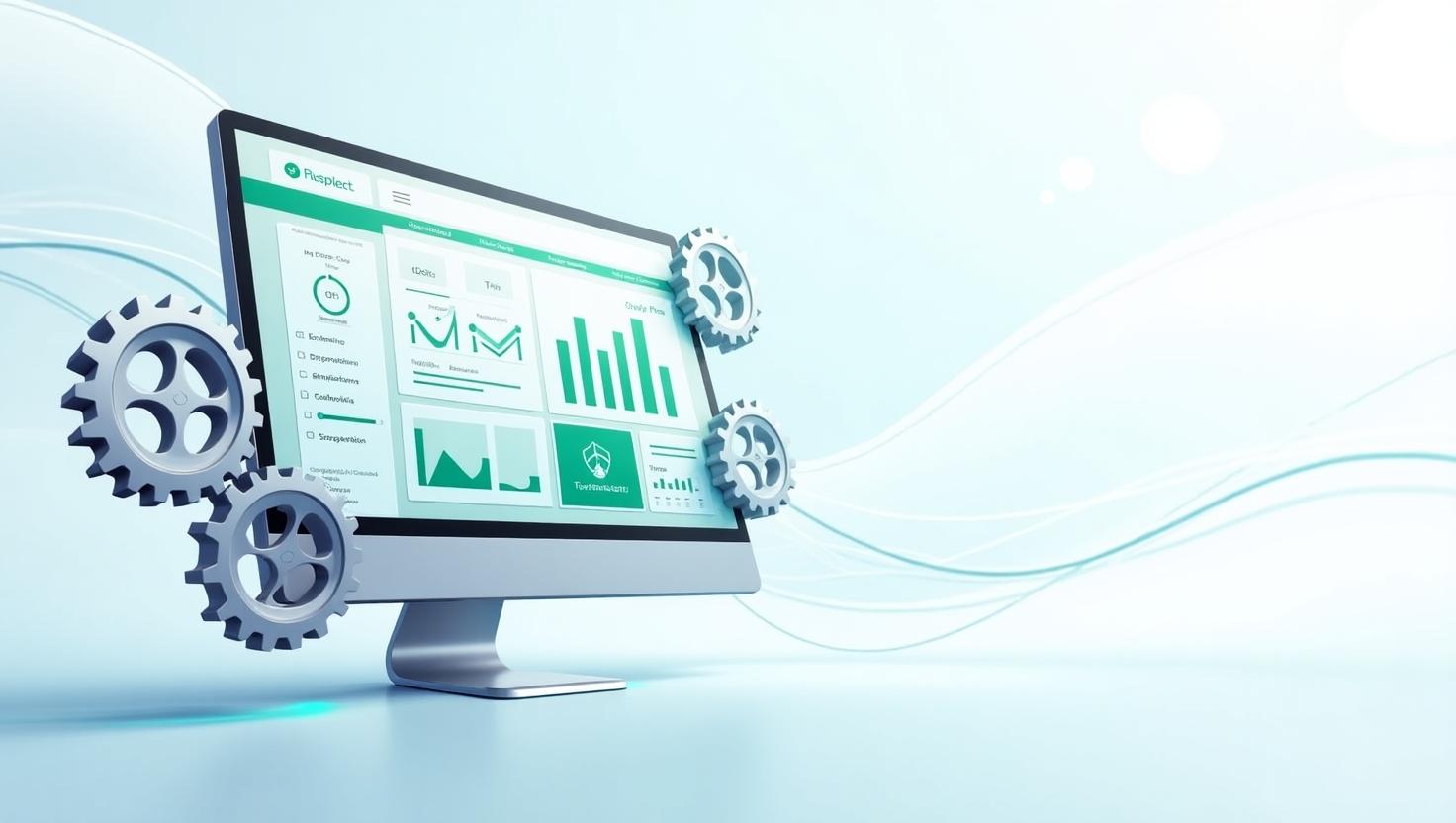SAP Datasphere
SAP Datasphere is a comprehensive data management solution that enables organizations to connect, manage, and integrate data across various sources. It serves as an evolution of SAP Data Warehouse Cloud, combining data management, integration, and processing capabilities within a unified environment. SAP Datasphere is designed to help companies gain insights from their data more efficiently by providing seamless access to all data types, whether structured or unstructured, across different systems.
Key Features of SAP Datasphere:
1. Data Integration: Connects to various data sources, including SAP and non-SAP systems, allowing for the unification of data from disparate sources.
2. Data Management: Centralized data governance, security, and lifecycle management, ensuring consistent and reliable data usage across the organization.
3. Data Processing: Provides powerful tools for data modeling, transformation, and enrichment, enabling advanced analytics and reporting.
4. Scalability and Flexibility: Built on cloud technology, SAP Datasphere scales according to the needs of the organization and supports diverse data workloads.
Integration with SAP Business Technology Platform (BTP):
SAP Datasphere is closely integrated with SAP Business Technology Platform (BTP), which enhances its capabilities through the use of other SAP services and solutions. BTP is a cloud-based platform that provides a suite of tools and services for application development, data management, analytics, integration, and AI.
How SAP Datasphere can be used with BTP:
1. Data Integration and Connectivity: BTP offers services like SAP Data Intelligence, which can be used to connect and integrate data from various sources into SAP Datasphere. This integration allows for the seamless flow of data across systems, enabling comprehensive data analytics and reporting.
2. Advanced Analytics and Machine Learning: With BTP’s AI and machine learning capabilities, data stored and managed within SAP Datasphere can be used to develop predictive models, conduct advanced analytics, and automate decision-making processes.
3. Application Development: Developers can build custom applications on BTP that leverage data from SAP Datasphere, creating tailored solutions that meet specific business needs. For example, these applications can deliver real-time insights or trigger automated actions based on data events.
4. Data Governance and Security: BTP provides robust data governance tools that integrate with SAP Datasphere, ensuring that data is managed securely and complies with regulatory
Example of Industry Usage:
Retail Industry – Inventory Optimization: A global retail company uses SAP Datasphere integrated with SAP BTP to manage and optimize its inventory across hundreds of stores worldwide.
Data Integration: SAP Datasphere pulls data from various sources such as sales systems, supply chain management systems, and external market data feeds (e.g., weather data, customer behavior analytics).
Data Processing and Analytics: The data is processed and analyzed within SAP Datasphere to identify patterns and trends, such as seasonal sales fluctuations or shifts in consumer preferences
Predictive Modeling: Using BTP’s machine learning services, the retailer develops predictive models that forecast inventory needs based on historical data, market trends, and external factors like weather.
Real-Time Insights: The integrated solution provides real-time insights to store managers and supply chain teams, enabling them to make informed decisions about inventory stocking and distribution.
Application Development: A custom application built on BTP allows store managers to access these insights on mobile devices, empowering them to make quick adjustments to inventory levels, promotional strategies, and customer engagement tactics.
This integration helps the retailer reduce stockouts, minimize overstock situations, and improve overall customer satisfaction by ensuring that products are available when and where customers need them.
Real time example: Nestlé
Nestlé has recently implemented SAP Datasphere as part of its digital transformation efforts. The company is using SAP Datasphere to streamline and optimize its data management processes across various global operations. By leveraging SAP Datasphere, Nestlé has been able to centralize its data from multiple sources, including SAP and non-SAP systems, into a unified platform. This allows for improved data accessibility, real-time analytics, and enhanced decision-making capabilities.
One notable application of SAP Datasphere at Nestlé is in the optimization of their supply chain and inventory management. By integrating data from various sources such.
One notable application of SAP Datasphere at Nestlé is in the optimization of their supply chain and inventory management. By integrating data from various sources such as production systems, supplier data, and external market data, Nestlé can now achieve a more accurate demand forecast and inventory optimization. This has led to better alignment of supply with demand, reducing waste, and improving overall operational efficiency.
Furthermore, SAP Datasphere’s integration with SAP Business Technology Platform (BTP) allows Nestlé to seamlessly incorporate advanced analytics and machine learning models into their data processes. This integration helps Nestlé to not only manage existing data more effectively but also to derive predictive insights that support their strategic goals, such as sustainability initiatives and supply chain resilience.
This implementation demonstrates how large enterprises like Nestlé are utilizing SAP Datasphere to support complex data environments and drive value through advanced analytics and data-driven decision-making.
Nestlé has been leveraging SAP Datasphere as a critical component in their digital transformation journey, focusing on enhancing data accessibility and operational efficiency. According to Chris Wright, Nestlé’s CIO, the company partnered closely with SAP to implement a seamless transition to a cloud-based infrastructure using SAP Datasphere as part of the broader RISE with SAP initiative. This transformation has allowed Nestlé to centralize and optimize its data across various global operations, significantly improving the availability and reliability of their systems.
Ralf Huebenthal, Global Head of IT Platforms at Nestlé, highlighted the practical benefits of this implementation. For example, what previously took around six hours to recover from system failures now takes less than ten minutes, demonstrating a substantial increase in operational resilience and efficiency. Furthermore, Nestlé has used SAP Datasphere to streamline HR processes and enhance customer experiences, particularly by integrating real-time data and automating tasks such as high-volume hiring during peak seasons.
Nestlé’s use of SAP Datasphere has been a game-changer in providing a unified data platform that supports both SAP and non-SAP systems, enabling the company to drive innovation, improve customer experiences, and achieve greater agility in responding to market demands.



